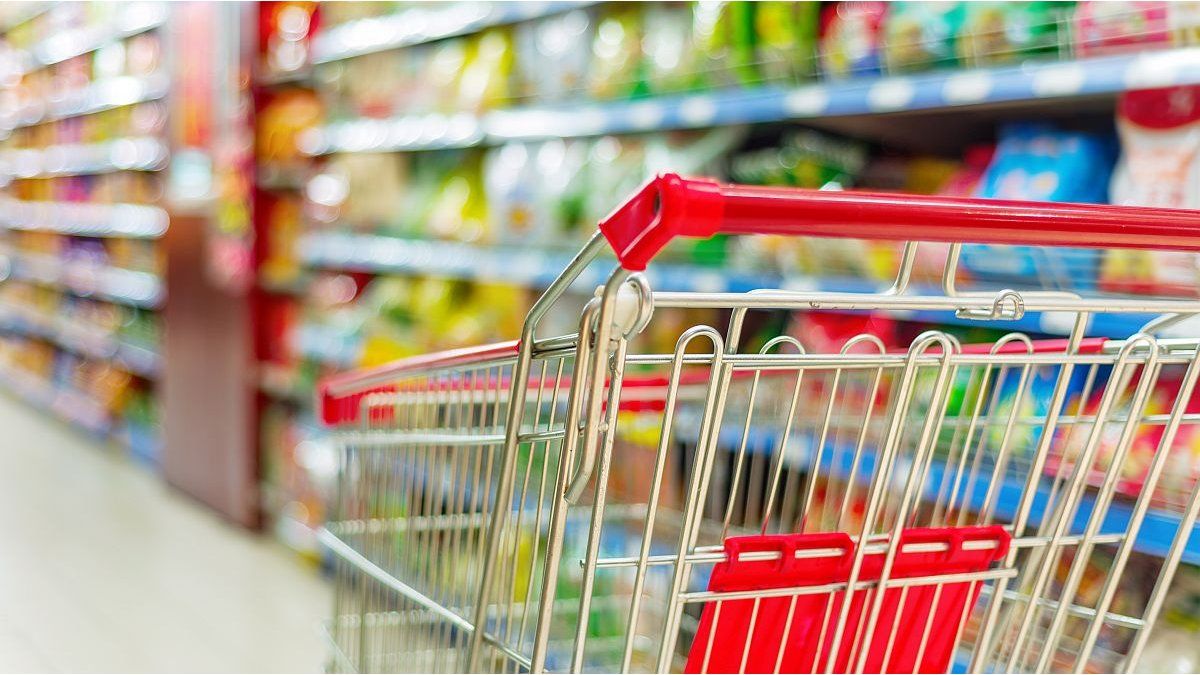The double digit inflation It changed consumer habits, modified the number of units sold and forced the food sector to adjust its strategy so that the accounts close at the end of the month.
SME retail sales sank 25.5% annually in February. according to CAME. but one of the items with the greatest decrease was Food and drinks. In that sector, the drop was 33.3%. According to the report, consumers sought deals and products from second and third brands. “The most affected sector was beverages, with strong price increases in recent months, where the consumer especially deprived themselves of soft drinks, juices and waters, especially leading brands. Another food that had more substitution than usual was meat, although when offers appeared they were sold out”detailed CAME.
In this framework, supermarkets consulted by Ambit, They commented on the current state of the situation: “Purchases of second and third brands are growing, as well as own brands, precisely because the defining factor in the purchasing decision is the price. Promotions are back because Suppliers try to maintain volume by offering deals. This means a more attractive price for the client and the supplier does not ‘resign’ or, if you prefer, ‘does not recognize’ that the price of its new lists is exceeded.”
Supermarkets bet on promotions and credit card use grows
From one of the large chains they highlighted two data that paints the picture: a decline of up to 40% in the electrical, bazaar and textile sector vs. a 10% drop in food. “Without promotions there is no demand”they commented.
“Supermarkets are redoubling their efforts with different strategies to slow the rate of decline,” explained another chain consulted. At the same time, he admitted that The number of days of promotions increased, a higher percentage of discounts was offered and the refund limit was expanded.
Another fact that the surveyed companies agreed on was the higher percentage of use of the credit card over debit and cash in purchases. This is mainly linked to a greater preference for that means of payment, taking into account the dates of bank or virtual wallet closures and promotions on certain days of the week.
Supermarkets: regional chains warn of increased tickets and increasing operating costs
Victor Palpacelli, president of FASA (Argentine Federation of Supermarkets and Self-Service) spoke with this medium about what is observed in regional chains.
“We are practically with a unit decline of 7% year-on-year. There were channels that decreased more than that. It is increasingly difficult to maintain the balance of operating costs against the decline in units. The items that have lost the most units are perfumery, cleaning, beverages and dairy products”, Palpacelli said.
In this sense, the businessman expressed that a change in consumption habits is explained because the consumer Choose to go to the supermarket more times. “Statistically we maintain the number of tickets cut. This means that no customers have been lost, but the tickets have fewer units than they had before. The consumer buys more times at the supermarket with what he can afford,” said the president of FASA.
AMBA self-services: concern about the increase in electricity
Fernando Savore, from the Federation of Storekeepers of the Province of Buenos Aires, argued that one of the most important concerns in self-service is the increase in electricity rates. Although some MSMEs had subsidies, the Government confirmed that They will arrive with increases of the order of 150%.
Finally, he highlighted that small businesses They aim to give a place to MSMEs in the food sector. “We have this small advantage as a local business of being able to interpret how much my client is willing to pay, or how much my client can pay”Savore concluded.
Source: Ambito




